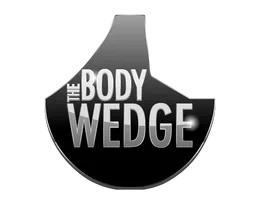Over the last three months we have reviewed how the feet influence overall posture and how you may benefit from special support of your feet.
This month let’s move up to the pelvis and low back. This is an area of the common complaint, “Oh, my back hurts.” While you may feel the pain in your back, the problem often arises in the front of the spine, where the large psoas (pronounced “so-as” – the “p” is silent) muscle lies hidden underneath your abdomen. Let’s first examine the anatomy and function of the psoas muscle. Then let’s apply our knowledge to finding solutions for the problem of low back pain caused by malfunction of the psoas.
As shown in the adjacent figure, the psoas major is a long, thick muscle that lies along the edge of the lumbar region of the spine. Psoas is a Greek word meaning the muscle of the loin. Butchers refer to the psoas muscle in animals as the tenderloin. It runs from the L1 to L5 vertebrae and associated T12 to L5 intervertebral discs down across the pelvis. It is joined by fibers of the iliacus muscle that starts from the inside surface of the pelvis. They blend together, forming the iliopsoas muscle, and insert on the thigh at the lesser trochanter of the femur. Overall, the iliopsoas, or just “psoas” for short, connects the low back with the upper leg.
Read Full Article
